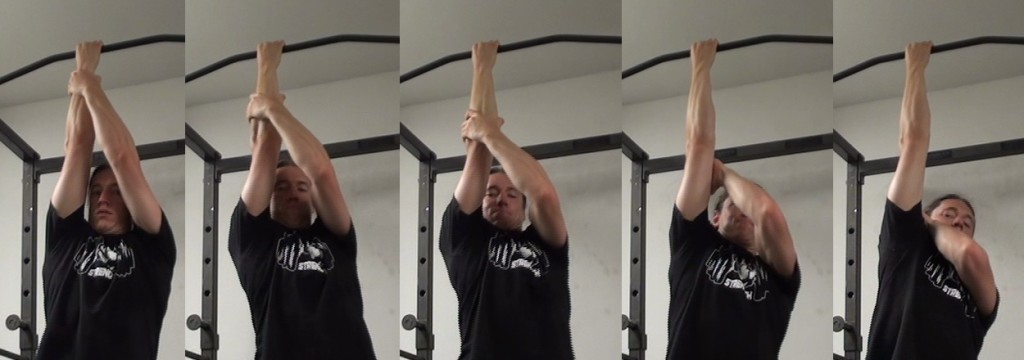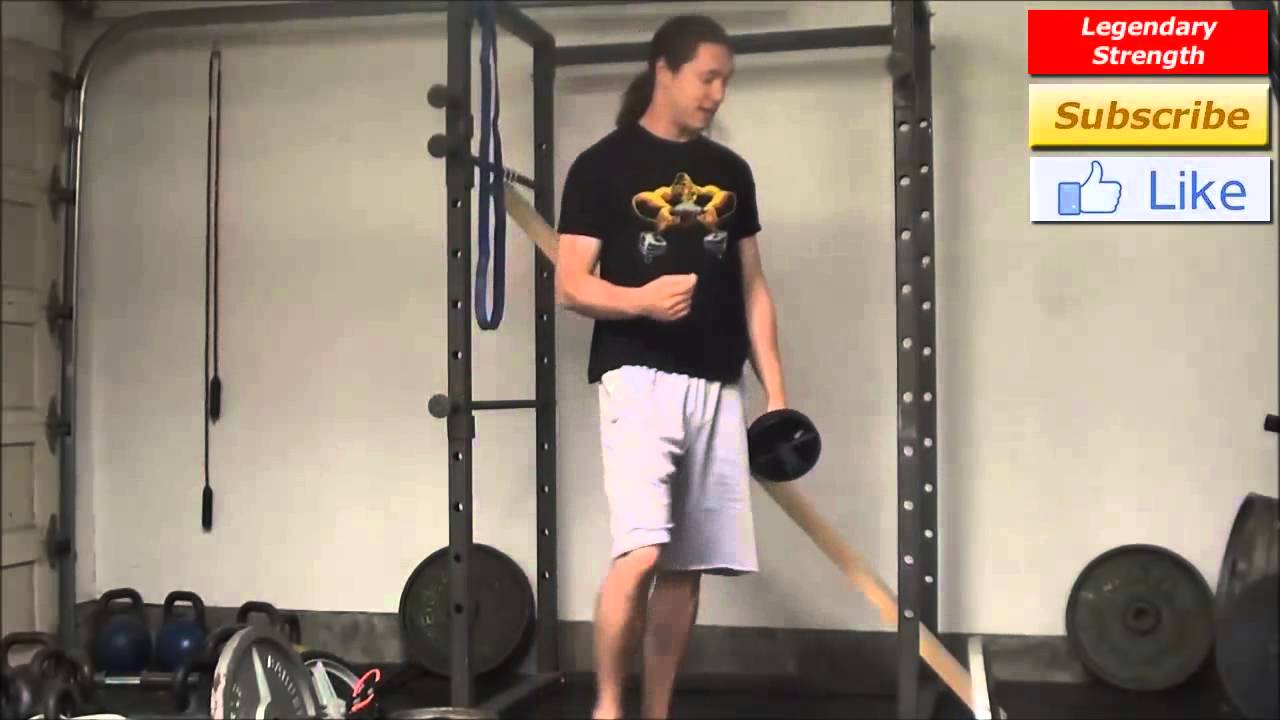If you want to become stronger (more enduring, flexible, skilled, etc.) it comes down to progression.
If you understand the principles of progression then you can achieve just about any physical thing. It’s just a matter of putting in the work over time.
People often ask, how do you tear a phonebook in half? Besides learning the technique, because yes technique is involved in EVERY physical exercise, it comes down to progression. Start with a tiny phonebook that you can tear and build up from there.
How did I pull an 8,800 lb. fire truck by my hair? I started with smaller vehicles, worked my way up, also putting to use things like inclines as a different progression besides just vehicle size.
There are three primary forms of progression:
1) Intensity
2) Volume
3) Density
Intensity is usually defined as percentage of your one rep max. Although you don’t need to calculate percentages, basically more weight, or a more difficult version like a one arm pushup compared to a normal pushup, are both increases in intensity.
Volume is the total number of the exercise you’ve done. Its sets times reps.
Density is the volume you do divided by time. To progress with density you’re either doing the same amount of work as before but in less time (meaning less rest or faster movements) or more work in an equal amount of time.
Why people hit plateaus is typically because they rely on only progressing in one of the three figures. If you do, just switch your progression goal and you’ll make progress again.
For instance if you’re trying to do weighted pullups and just trying to max out each time you probably won’t get too far for too long. But if you take some weight you can do, perhaps in the 70-90% range and work on just doing more sets and reps of it you’ll find your 100% will likely go up.
Want to do 100 pushups in a single set? Well, going after it straight may work for a little while. But you won’t be able to add a new pushup each time you try it for too long. Instead you can build up the total amount of volume you do, and increase the density of the work, with that it will stretch what you’re able to do in a single set too.
Of course there are other ways of looking at progression too. RPE (rate of perceived exertion) can be very useful too. Even if you do the same exact workout (same intensity, volume and density) but it is easier for you to do, that is progress too.

Gradual one arm chin-up progression
That’s all said to give a primer on progression because what I really want to cover is a little used concept having to do with progressing.
That is the SIZE of your progressive leaps.
This mostly has to do about the intensity side of things.
With volume and density, just one more rep or one second less time, is progress. Though we often shoot for much more than this.
With intensity it can be a bit more complicated.
With weights people often add a small amount to the bar. If you’re lifting 315 lbs., then 320 lbs. isn’t likely to feel much different. Sometimes people go even smaller than this with micro loading, one pound or even less at a time.
If you can’t “feel” the difference between two weights, but one is more than the other that would be a form of progressive sliding. If you can “feel” the difference between two weights, that is a progressive jump.
With kettlebells most people don’t have access to tons of different weights, so the progressive jump to the next bell can be significant.
With bodyweight exercises it is often the same way.
I love the book Convict Conditioning (and the followup books too). With the success of that book Paul “Coach” Wade has opened up tons of new people to the world of bodyweight exercise and how you can become very strong doing it.
But there is one issue I have with many of the steps.
(In case you’re not familiar with the book for each exercise, pushups, handstand pushups, pullups, bridging, squats, and hanging leg raises, there are ten steps from beginner to advanced.)
Some of the jump between steps is small. Some of them are very huge steps, like uneven pullups to a half one arm pullup.
Sometimes you’ll need to find other variations, or variations of those variations, to fill in the gaps.
My favorite progression on the one arm pullup (though I have to say I haven’t accomplished the move yet) is to use the free arm to grab the working arm and keep moving it down the arm a little at a time.
This becomes more of a slide, rather than progressive jumps. Eventually you can work to the shoulder and at that point it’s a small increase to the full one arm move.
See The Ultimate Guide to Pullups & Chin-ups for more information.
Another bodyweight example is the ab wheel rollout. Most people with a basic level of strength will be able to accomplish a rollout on their knees.
But doing to a standing rollout is a whole other matter. The jump between these two is enormous. Basically no amount of volume of knee rollouts is likely going to get you to this other step. Something must come between.
While there are lots of possibilities, what worked for me was doing standing rollouts up an incline. With a little ingenuity I was able to make a moveable incline on my power rack that then served to get me all the way to the ground.
The Ultimate Guide to Bodyweight Ab Exercises describes this and many other variations, plus working with hanging leg raises, my other favorite bodyweight ab exercise.
So my call to you is to look at what you’re doing if you’re not making the progress you’d like to make.
Is there a way you can turn what you’re doing into more of a progressive slide than jumping from one move to the next?

